Over fermentation – is it problematic?
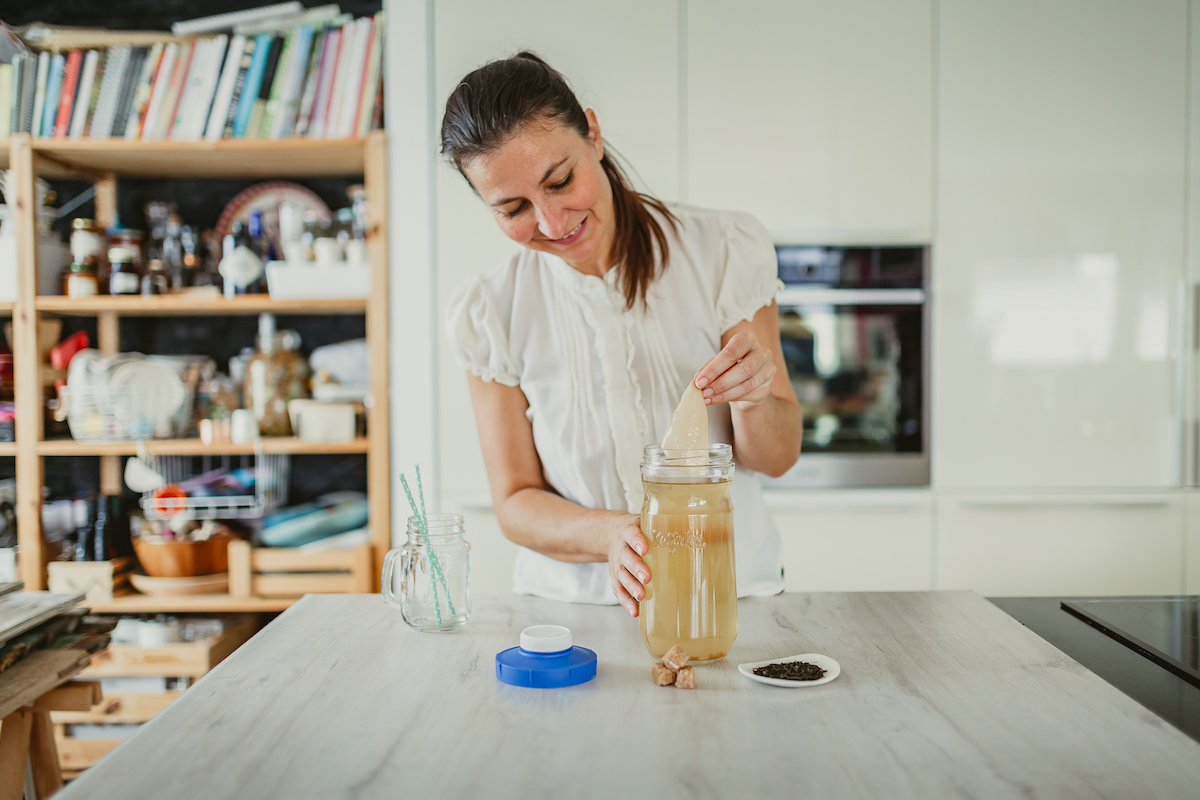
Over fermentation is a phenomenon which is a result of fermentation that lasted too long or had too much culture in it. Read on to get more insight on it and some tips on how to avoid it.
Time is important!
Usually over fermentation happens when we leave the culture to ferment longer than recommended. For milk kefir that means more than 24 hours and for water 48 hours. With kombucha things are a bit more complicated, since there are very different approaches on how long it should ferment, depending on the individual taste. In our opinion, to make kombucha a great tasting beverage, it’s best to ferment it for 7-10 days.
So, if you exceed the recommended time of fermentation, it’s quite possible your culture will over ferment. How will you know if this happened? By the look and taste of it.
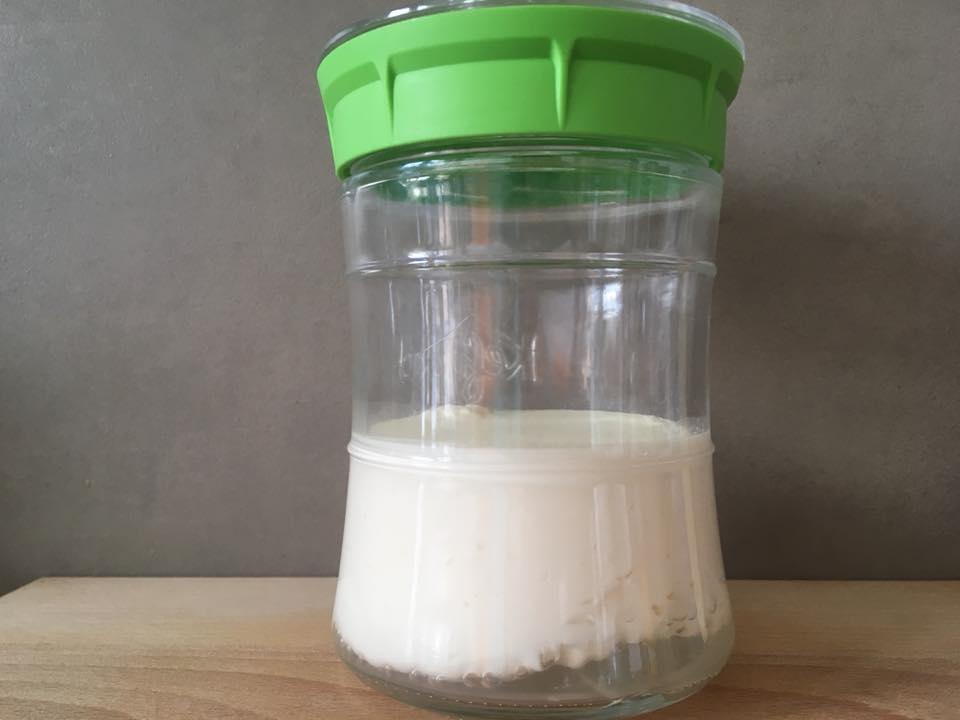
Over fermented kefir is more potent
Just by the look you are able to see if over fermentation is happening in your milk kefir. It will become more curdled and you will see separation happening. The liquid whey will separate from more thicker kefir. Additional fermenting time will also change the taste, it will become more sour.
Water kefir will not change much in appearance. When water kefir is finished, it tastes a bit sweet still. If you prefer it more sour you can over ferment it. If you leave it for a very long time it may become even to sour to drink.
The same is with kombucha. After long fermentation, it becomes more sour, even vinegar-like in taste. If you over ferment kombucha you will also notice it becomes a bit more cloudy.
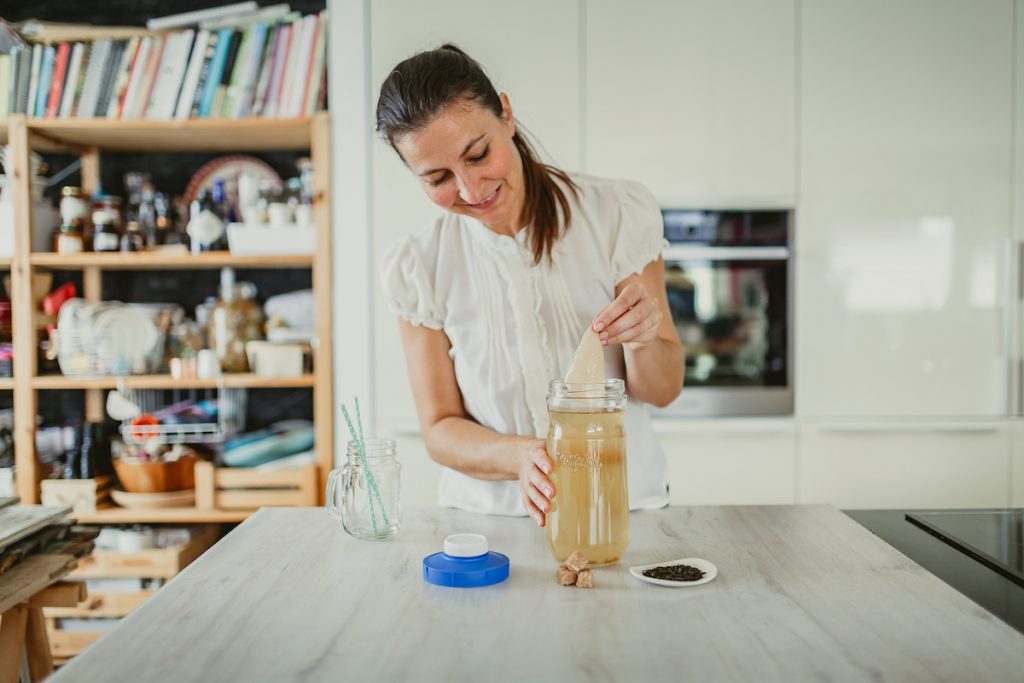
Why this happens?
We already mentioned one important factor that leads to over fermentation – time. If you leave the culture in milk/water/tea too long, it will over ferment.
This is also connected to temperature of the environment. Higher temperature accelerates the activity of the microorganisms in the ferment. You will notice that in warmer seasons or if you have very warm interior in cold season, the fermentation can be finished even in half time.
Too much culture for the amount of milk/water/tea you are using. If you have more microorganisms in the ferment it’s only logical they will need more food. If you keep the volume of your ferment the same all the time, but the cultures multiply, the ratio will change noticeably. Again the fermentation will be ready faster. Note, it’s not recommended to overcrowd the grains, take away extras regularly. This will ensure activity and well-being of your cultures.
What to do when you over ferment?
If this was not intentional, you probably will not like the taste of kefir or kombucha once it’s over fermented. Here are some ideas what to do with it:
Milk kefir
If it’s only slightly separated and you still like the taste, you can just stir it well then strain and use as always,
But if the kefir is very curdled and dense, you will probably need a big colander, where you can gently stir the kefir and separate the grains.
If you don’t like the taste of over fermented kefir you can use it in smoothies or as ingredient in other dishes and baking recipes (pancakes with whey, brioche, muffins).
Water kefir
You can’t do much to change the taste of water kefir once it gets too sour. You can add sugar or other sweeteners. But maybe using it in smoothies or even for baking, would be better idea (ciabatta).
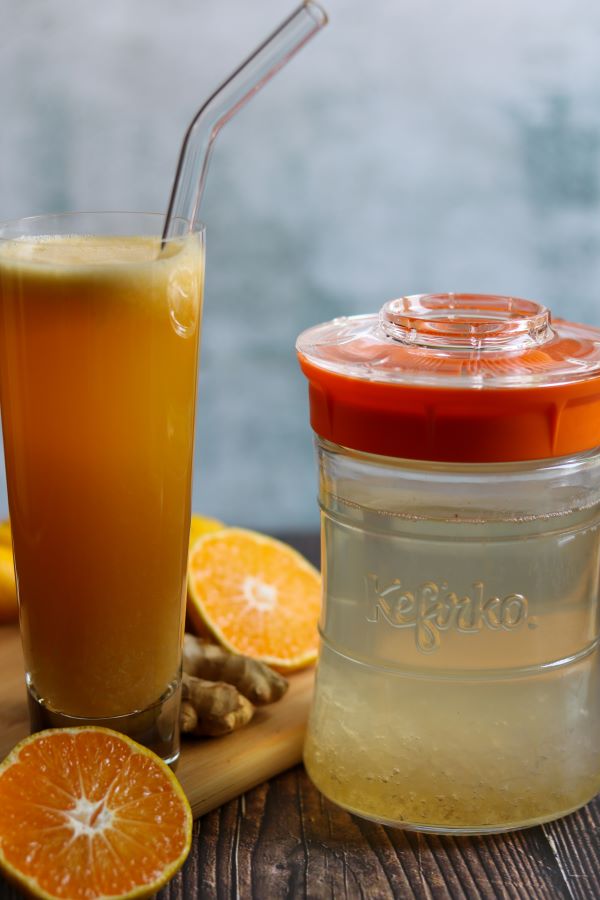
Kombucha
The same as with water kefir, you can use the sour kombucha in the smoothies or other refreshing drinks.
You can also leave it to ferment even longer until it gets really sour and then use it as a kombucha vinegar. This means fermenting it a few weeks not just days longer. Some also use this very sour kombucha as a natural cleaning product.
Is over fermentation problematic?
Over fermentation basically happens when the grains don’t have enough food, the content of sugar has disappeared. Once all the food is gone the cultures starve. If this happens very often it can pose a threat for the cultures and they may stop growing and multiplying or producing fermented beverage. With fermentation, it’s important to feed the cultures regularly and this ensures having them for a lifetime.
Get all you need for fermentation and second fermentation:


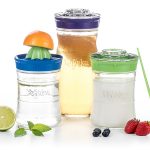
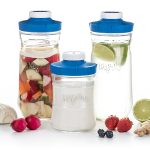


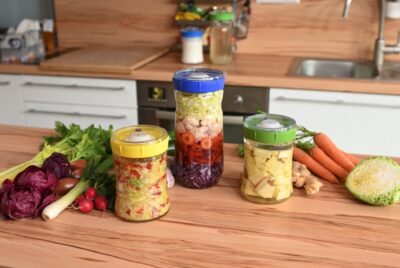
Spot on! I got water Kefir grains by mail (which took long to arrive because of the crisis) and they didn’t appear to ferment after the first rinse and culturing. So I thought I’d let them brewing for 3days instead of 2 so they could rest from their travel and fasting. Plus, when I went to pick ’em up at the parcel point, there were 2envelopes of grains as I had complained I hadn’t got them, so they sent me a second one; but there was no date on either package, so I took the risk and just mixed them both together. The result is, lots of Kefir grains in my little 300mL, jar fermenting for 72hours… They’re bubbling like crazy, but now I know they’re revived and ready to go!
Hi Aline,
did you order from our web store? We have dates marked on the packaging.
Hola, muy buena la web y la entrega de productos en lo personal me fue muy bien, me llegó en tiempo y forma así que super recomendable.
Thank you for your kind words!
Kefirko team
Hi, is there any harmful bacteria over dosis Shenyang drinking over fermented kefir? Thanks.
Thank you for the information. I love over fermented milk kefir, water kefir, kombucha and June. Once I put the milk kefir into a jar in the fridge and shake it a bit it all seems to mix together nicely. And I add liquid stevia (sometimes vanilla flavoured stevia) to all of these that are over fermented and it gives a really nice sweet/sour tangy taste that I love.
I let my kefir separate every day. I Lift the grains off the top and then pour off the whey. I then pour the remaining thick kefir into a nylon mesh strainer for about an hour. This results in 4cups milk being reduced to about a cup and a fourth of delicious thick yogurt-like textures kefir. I do this every day, and my kefir (and my belly) seem very happy. Does letting my kefir separate mean there’s less lactose? Is it possible to get rid of almost all the lactose? Asking for a lactose intolerant friend.
Hi there, this helps with the lactose, but make sure if she is intolerant even the smallest amount can harm her.
Regards. Kefirko team
I’ve had dehydrated water kefir grains for about a week and a half, I didn’t have any problem hydrating them and have began brewing them,. When I open the second ferment bottles they have plenty of carbonation but the taste & smell is very yeasty & I don’t like it. I do the first ferment in my large size kefirko & the second (2 days in the counter /2 days in the fridge) in a grolsch beer bottle.
Hi Maria Elena,
thank you for commenting.
The yeast overgrowth is usually the sign that the temperature of environment is to high. Try fermenting in a cold place or put the grains with sufficient food in the refrigerator for a day or two.
Me encantan los recipientes para hacer kéfir que vendéis en vuestra tienda. He comprado ya 2 y la verdad es que me encanta
Hi, I make kefir at home from my last batch. I’ve been doing that since February. My most recent batch wasn’t doing anything that I could see until almost 72 hours later. Then it finally thickened up and I could see the grains on top. Was that too long? It doesn’t seem to smell bad or look funny. I’m hesitant to taste it because it was out on the counter for 3 days. Thanks for your reply.
Hi Kathy,
this usually isn’t a problem. Just mix the kefir and strain it. If you repeat overfermentation to frequently it may be a problem for the grains, they will stop ferment. In your case, you will just have more sour kefir.
Kind regards, Kefirko team
I`m thinking about the second fermentation of water kefir.
If you let them they consume all the sugar at the end the culture will die and will end up with a highly carbonated beverage, just like “priming beer”.
Since the culture will be dead, what are the benefits of drinking it?
Hi Fernando,
once we strain the grains out, we can put the bottles in the fridge or add some sugar
(fruit juice) and leave to ferment again. The microorganisms are in the beverage still and they consume the sugars that we add.
Regards, Kefirko team
Hey. I tried my first water kefir (with second fermentation) and perhaps it was too strong, but my gosh, it ruined my stomach for the next 3 weeks! After the first bottle 250ml did this, I only continued a few more days with a sip per day, but I had to stop. I was belching and now I am healing my stomach and all the intestinal problems that followed with herbs/tinctures/mastic gum/diet etc.
I am actually affraid to go and try water kefir again :). I know people describe Herxheim effect, but I was eating sauerkraut, drinking kombucha and taking probiotics in capsules already before, never had problems. I wanted to ask what is the difference in probiotic content between primary and secondary fermentation? What if I just stick to the primary fermentation (or, if even, letting the second one loose it’s CO2 completely, in the fridge, lightly open, before drinking it).
Thank you,
Did you start very small – like a few teaspoons small – I had to – now I’ve built up it is the best and only probiotic I use or need! It started badly for me too but has proven the best suited to me of all.
Would there be any reason why I shouldn’t add the flavoring I’d use in a second fermentation right from the get go? For instance, could I add blueberry puree/jam to my milk at the same time as I add my kefir grains and get a good result, or as something to do if I want to slow down my production of kefir?
Also, is there something specific about the lactose sugar that needs to be present, or can all the kefir cultures consume any sugar and they just happen to be able to break down lactose?
Hi,
I made 2 jars of milk kefir and left it in my Fridge (not freezer) for two years (that’s right, 2 years). Now, one jar has some fuzzy looking fungus in it, while the other jar has no fungus and looks like solidified condensed milk. Can I safely eat any of them or do I risk food poisoning?
Well, that is a very long time. Even though fermentation works as some kind of preservation method, maybe you should not risk it and prepare a fresh batch from scratch. 🙂